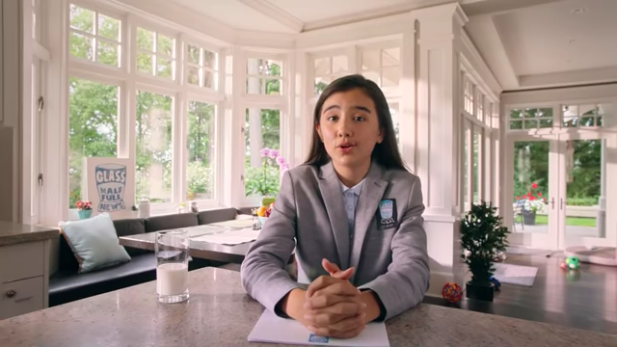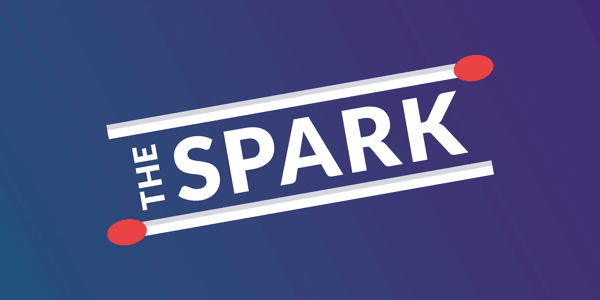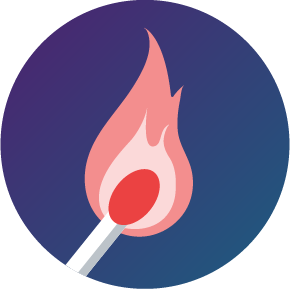The Apple of My iOS 14Oh, how the Apple (update) falls far from the (data) tree. The tech giant’s planned iOS 14 drop has Instagram and Facebook warning advertisers of its impact. Basically, in the interest of everyday users, Apple decided to make a change to its Identifier for Advertisers (IDFA) system to enable individuals to opt-in (or out) of personalized ads. And that means critical user-data could slip right from your fingertips.
This change will effectively limit brands’ ability to place ads in front of evidence-backed, prospective customers. The delivery of targeted ads relies on data to drive brand awareness, lead generation, engagement, and potential sales. This update could have significant implications on businesses, both big and small, who spend time, energy, and money on personalized ads.
Data privacy is a trending topic nowadays, especially in the minds of consumers and social media platforms, obvi. It’s in brands’ best interest to explore other methods of mining that data gold and reach customers on Facebook and IG. Apple picking season is around the corner, but the core of this update seems more rotten than sweet for marketers.
TL;DR: Apple’s iOS 14’s focus on user privacy comes at a (potential) cost for Facebook and IG advertisers delivering personalized, targeted ads to consumers.
Targeting PracticeIn much lighter ad targeting news, LinkedIn updated its guide on its ad options and tools. Appropriately titled, “Mastering Targeting on LinkedIn,” the doc includes guidance on new features like Matched Audiences, Retargeting by Video and Lead Gen Forms, Website Retargeting, Contact Targeting, and even more marketing strategies (and buzzwords).
With so many targeting opportunities, it’s easy to get carried away. But if you want to maximize your campaign, take it from us — leave the hyper-targeting to the amateurs, and limit yourself to up two additional targeting options.
While ad targeting capabilities (on other platforms) are undergoing drastic changes, B2B marketers can aim their marketing arrows towards LinkedIn’s growing audience — more than 700 million users to date. By pinpointing decision-makers, enthusiastic employees, and executives in your industry, your brand can effectively reach potential customers with relevant, personalized ads. B2B marketers, in particular, dive into your LinkedIn content and advertising strategies and consider how targeting could drive a line of your business.
TL;DR: LinkedIn updated its guide on ad targeting with new features and tool guidance to help marketers maximize their spend and drive results.
Let's Have Some FundoYou’ve heard it here before: Virtual events aren’t going anywhere. Facebook and LinkedIn have already expanded their digital event offerings, so naturally, now Google wants in. It just announced the launch of its virtual events platform, Fundo. (We know the name is … not great, but don’t stop reading yet.)
Fundo is an end-to-end event hosting platform that makes it simple to schedule, host, promote, and monetize digital get-togethers. And because it’s from Google, it already has strong ties to YouTube and its creator community.
At this point, brands have a plethora of virtual event options. With platforms spanning the social media landscape, no longer do marketers have to feel pigeonholed into Facebook for their hosting needs. And with all these choices comes more room for customization, greater potential to reach your target audience, and, ultimately, more successful virtual events.
TL;DR: Google launched Fundo, a virtual event platform with ties to YouTube.
What Lit Us Up
Glass Half FullEveryone remembers seeing their favorite actors and celebrities sporting the iconic milk mustache, courtesy of the California Milk Processor Board. One of the most successful campaigns EVER, “Got Milk?” ran for more than 20 years. Now, it’s coming back as the company hopes for another udderly (sorry) successful campaign with its new bilingual content series, "Glass Half Full News" (aka "El Vaso Medio Lleno Noticias”). The weekly digital news series will feature “kidfluencers,” hosting positive segments on kid-friendly topics, with milk serving as the subtext for each episode.
U.S. milk sales have been in freefall since almond milk, and all its non-dairy friends hit the scene. But since the pandemic has given sales a boost, now’s the perfect time for the Board to enter the digital marketing world with timely and creative content — mainly because 65% of Milk’s target audience (Gen Z) uses the internet for entertainment. And this year, we’ve all seen how well optimistic content performs across generations (looking at you, John Krasinski). For brands looking to appeal to audiences young and old, California Milk Processor Board reminds us that making positivity the lead of your marketing strategy is essential to milk your content for all its worth (again, sorry).
TL;DR: Creating upbeat content on digital channels is one of the best ways to market to Gen Z. (Was this email forwarded to you? Sign up here.)
|
-1.png?upscale=true&width=346&upscale=true&name=Tier%20One%20logo_color%20(1)-1.png)


